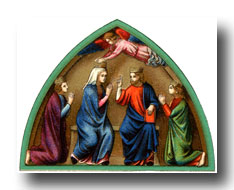

Once castles were built, towns built up around them.Ī major factor in the development of towns included Viking invasions during the early Middle Ages, which led to villages erecting walls and fortifying their positions. They were initially built of wood, then of stone. Development of TownsĬastles began to be constructed in the 9th and 10th centuries in response to the disorder of the time, and provided protection from invaders and rival lords. The practice of assarting, or bringing new lands into production by offering incentives to the peasants who settled them, also contributed to the expansion of population.
#Medieval period free
There remained a few free peasants throughout this period and beyond, with more of them in the regions of southern Europe than in the north. These peasants were often subject to noble overlords and owed them rents and other services, in a system known as manorialism. Many were no longer settled in isolated farms but had gathered into small communities, usually known as manors or villages. As much as 90% of the European population remained rural peasants. The estimated population of Europe grew from 35 to 80 million between 10, but the exact causes remain unclear improved agricultural techniques, the decline of slaveholding, a warmer climate, and the lack of invasion have all been suggested. The High Middle Ages was a period of tremendous expansion of population. Hand-held agricultural tool with a variously curved blade typically used for harvesting grain crops or cutting succulent forage (either freshly cut or dried as hay) used chiefly to feed livestock. Based around producing and maintaining crops and farmland.


 0 kommentar(er)
0 kommentar(er)
